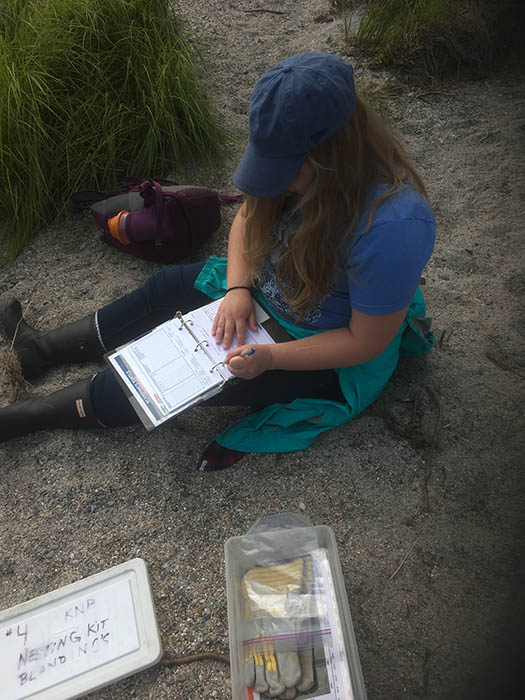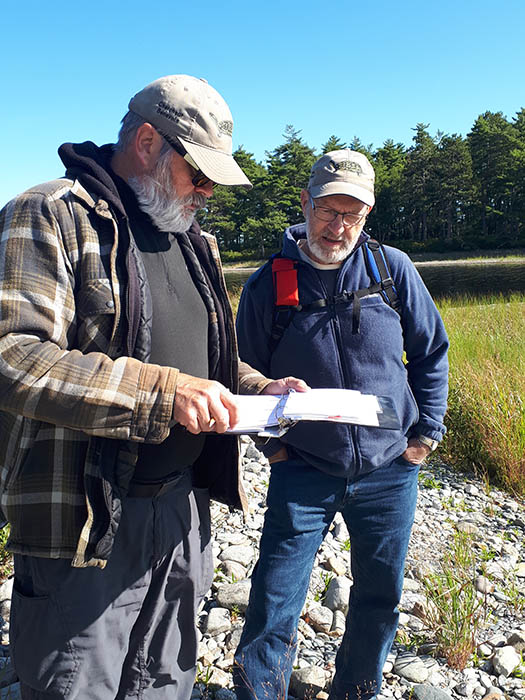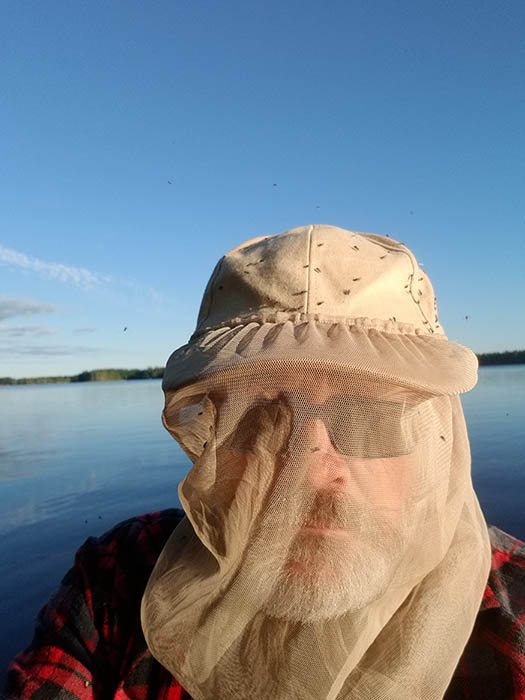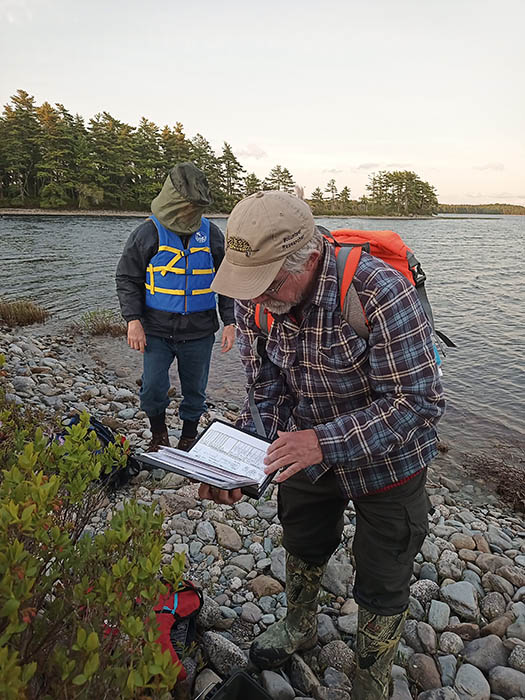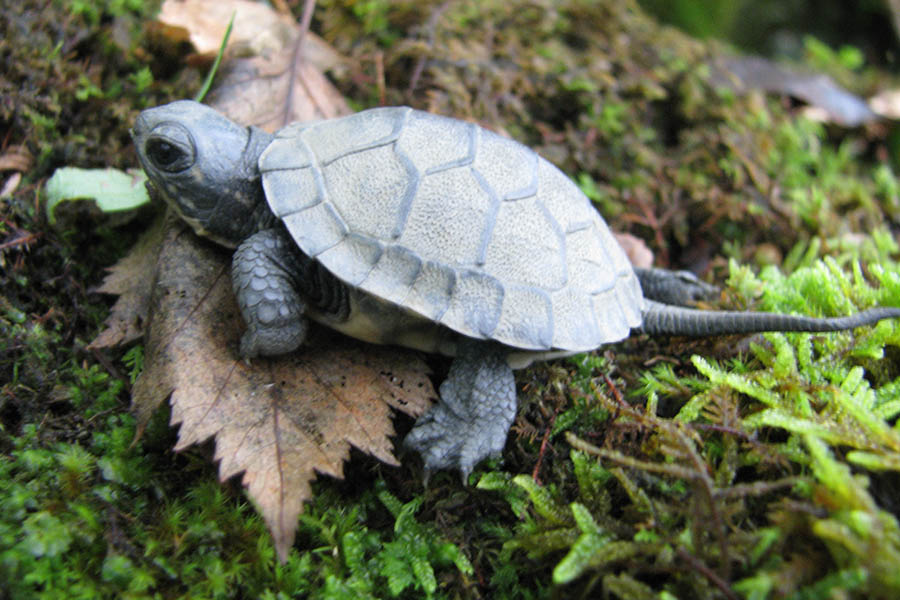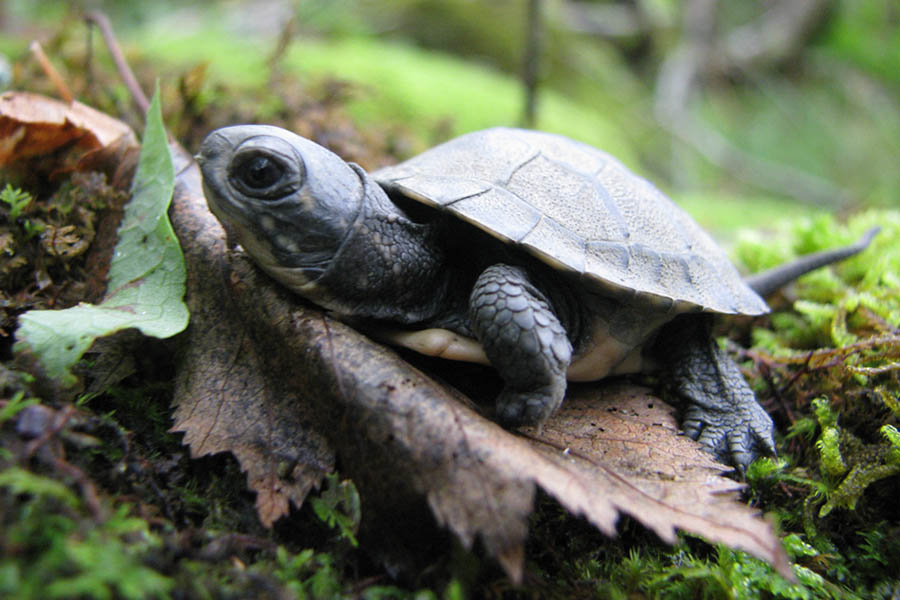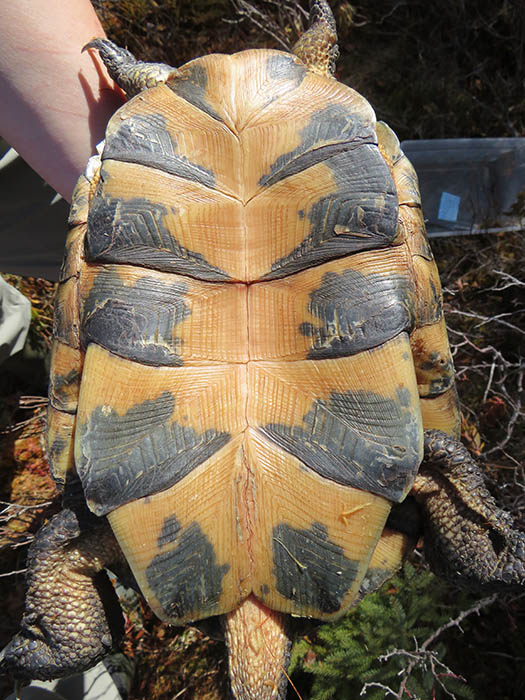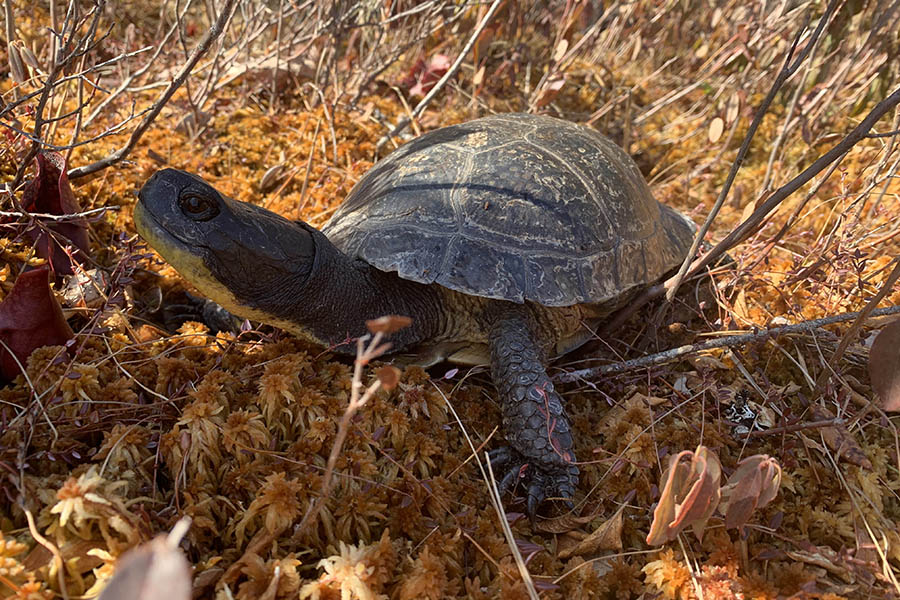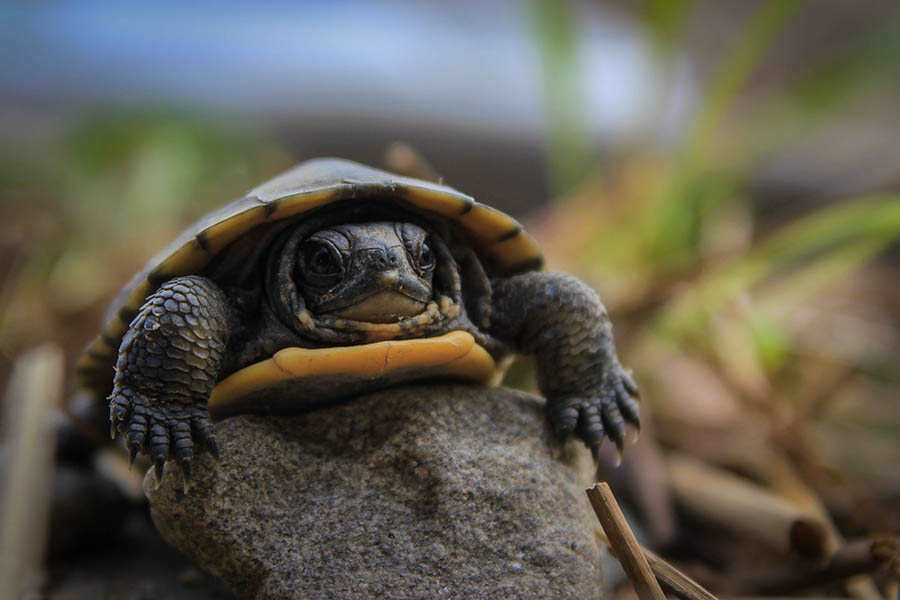
Blanding’s turtle nest monitoring
Kejimkujik National Park and National Historic Site
Volunteer to help protect endangered Blanding’s turtle nests at Kejimkujik.
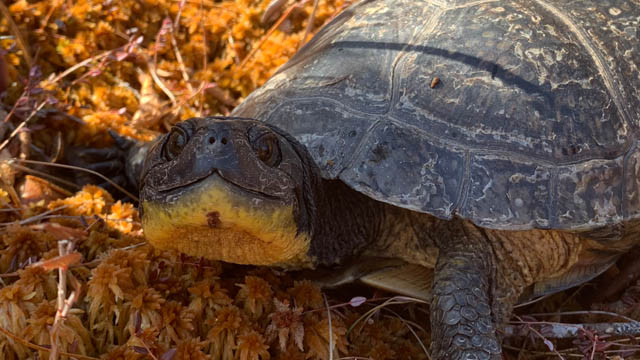
There are three ways to get involved with Blanding’s turtle monitoring at Kejimkujik: turtle nest protection, hatchling emergence, and turtle tracking. Volunteers must help with nest protection in June to early July to help with hatchling emergence in September and October. All volunteers can help with turtle tracking.
Who can participate?
- Anyone can participate
- Training and equipment are provided
- New volunteers will be trained “on-the-job” by staff or current turtle volunteers
What will I do?
June to early July: Turtle nest protection
Volunteers will monitor mature female Blanding’s turtles while they nest in select areas within Kejimkujik.
When the turtles complete their nest, volunteers will carefully place an enclosure overtop to ensure the nest is protected from predators until the fall when the hatchlings emerge from the nest.
Time commitment
Given the sensitivity of the species and the training required, 1-week periods are preferred, but shorter opportunities may be possible on a case-by-case basis.
Turtle nest protection is an afternoon/evening activity. Volunteers must be comfortable navigating in dark conditions and staying up late.
Did you know? Blanding’s turtles typically nest in the evening or early morning, starting at 5 pm to as late as 2 am in the morning!
September and October: Hatchling emergence
Volunteers will visit the protected nests to check for hatchling Blanding’s turtles. If hatchlings are found, volunteers will collect information about each hatchling (weight, measurements, and health condition).
Volunteers must help with nest protection in June-July to help with hatchling emergence in September and October.
Time commitment
Given the sensitivity of the species and the training required, 1-week periods are preferred, but shorter opportunities may be possible on a case-by-case basis.
June to November: Turtle tracking
From May to November, volunteers track turtles using small VHF radios. Staff attach the radios and volunteers track their activity. Turtle tracking helps us understand their seasonal movements and areas of importance.
Time commitment
Any effort is appreciated. This activity typically takes place at one time per week.
Volunteer with us!
Email: benevolekeji-kejivolunteer@pc.gc.ca
Why
Monitoring and protecting Blanding’s turtles helps to
- protect nests from predators (e.g., raccoons) and flooding from high water levels in high-risk areas
- monitor mature female survivorship and recruitment
- monitor hatchling emergence success
- increase the number of young turtles in the population
- gain a better understanding of their seasonal movements and areas of importance
More information
Friends of Keji – Adopt a Blanding’s turtle program
Adopt a Blanding’s turtle through the Friends of Keji and support research and recovery programs. Adopted turtles remain in the wild. Adoption kits include an adoption certificate and information about your turtle.
Contact: info@friendsofkeji.ns.ca
- Date modified :
